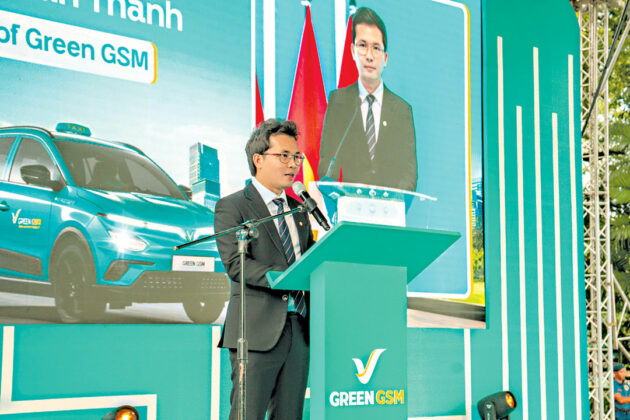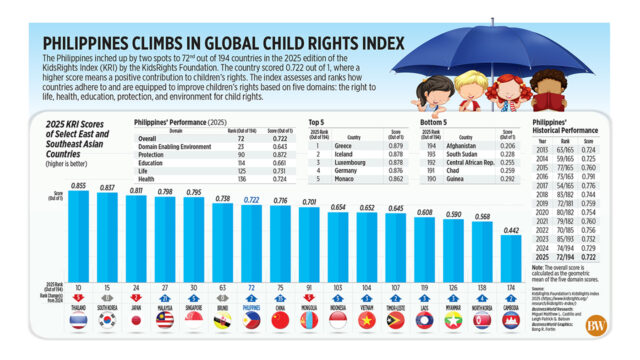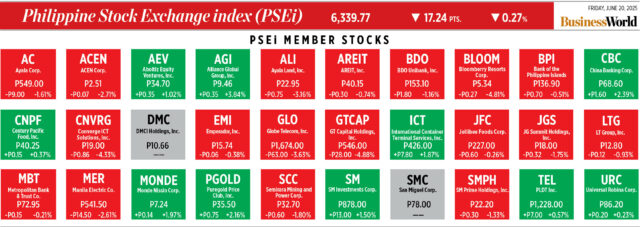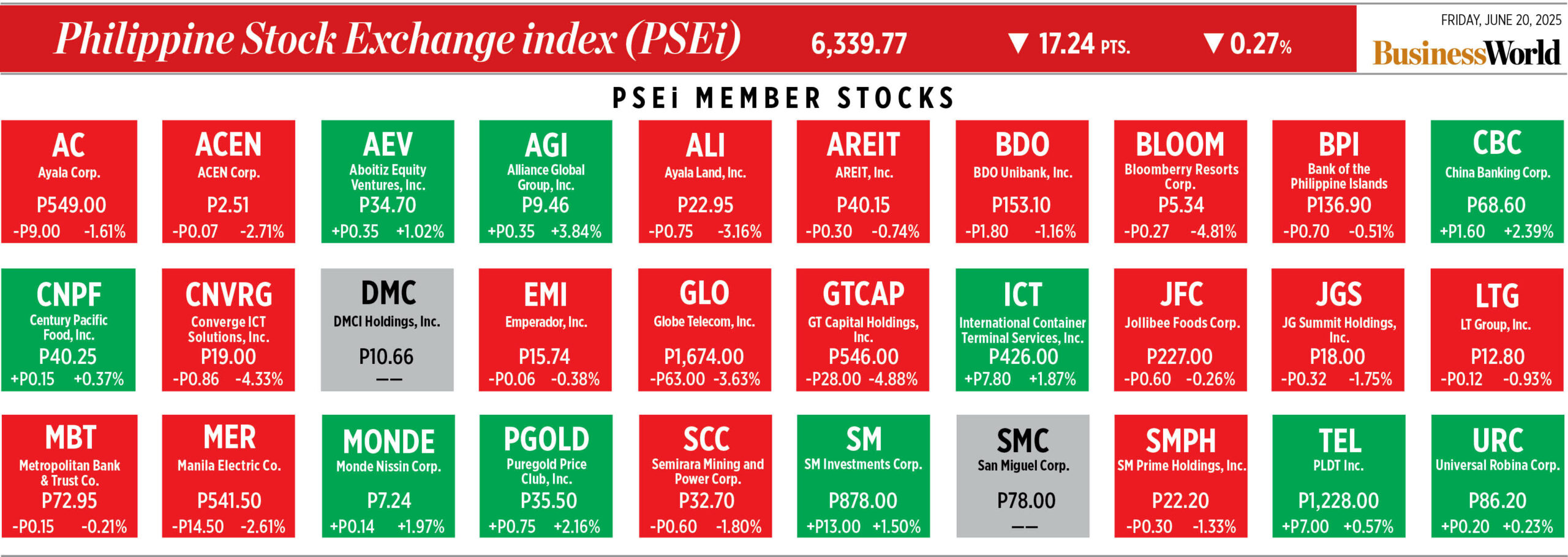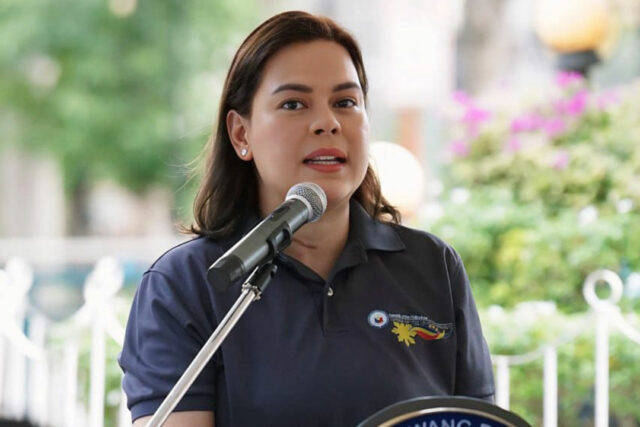Greening the road
Vietnam-based GSM unveils all-electric taxi fleet in the Philippines
SAY WHAT you will about the electrification of mobility in the Philippines and its attendant speed bumps and all. It’s still happening. That’s not soot you’re smelling; it’s an air of inevitability. In whatever form — from traditional hybrids to plug-ins to battery electrics — the internal combustion engine is losing its once-exclusive place in your engine bay in favor of a hybrid one or, sometimes, even a frunk (front trunk). Even a cursory look around an average mall parking lot will show a growing number of electrified options.
In fact, one could say that growth is actually outpacing the availability of public charging facilities. But that’s for another story.
Green and Smart Mobility Stock Company (or, simply, GSM) recently launched its service here in the Philippines. Not just another taxi or ride-hailing fleet, Green GSM is the first all-electric taxi service in the country — deploying an initial 500 battery electric vehicles (BEVs) in the National Capital Region (NCR).
According to the Board of Investments (BoI), the company (owned by Vingroup Founder and Chairman Pham Nhat Vuong) is sinking in US$500 million for the service. In an exclusive interview with “Velocity,” Green GSM Philippines President and Managing Director Phi Dao revealed that the amount is merely an “initial investment” that includes the taxis themselves, plus the construction of depots and charging stations, and other costs of doing business. Factored in as well is the training of its drivers. GSM intends to scale up business rather rapidly — eyeing the rollout of 15,000 vehicles in two to three years.
Unlike traditional ride-hailing platforms like Grab, Green GSM retains ownership of the fleet — with drivers hired as employees. “We recruit the drivers to drive our own cars,” underscored Mr. Dao. “We think this is the only way we can maintain service quality, and (positive) driver behavior.” The control, of course, is said to extend to the car as well. Taken together, it’s a business model that Mr. Dao hopes this will enable Green GSM to be a “five-star taxi” in the country.
The first thing you need to know about the service, booked through the Green GSM app, is that it does not feature the typical VinFast vehicles you’ll see in the showroom. What it does have are dedicated models for the commuting public. There’s the Limo Green, Minio Green, Herio Green, and the Nerio Green — the last model we saw a lot of at the formal launch of Green GSM held at the Quezon Memorial Circle. For now at least, the firm will deploy “an exclusive fleet of VinFast Nerio Green electric vehicles, offering smooth, quiet rides and zero emissions,” all with the signature exterior cyan hue “blending green (symbolizing sustainability) and blue (representing innovation).”
A recent release revealed that Green GSM app “soared to the top of the Travel & Local category on the Google Play Store Philippines, surpassing other platforms even before its official debut.” Following the official launch here, “tens of thousands of downloads” were made.
In case you didn’t notice, VinFast doesn’t sell any of the Green GSM models here. “We have two different model types for the business,” explained the executive. “The first one is for private use, with a lot of options like entertainment and we make it more comfortable for very, very long trips. But for the taxi business, we are focusing on short trips, and we want to make the special versions suitable for these.”
I asked Mr. Dao wouldn’t it be a perfect opportunity though for would-be VinFast buyers to experience the actual models in the VF line?
“That’s a good question,” he replied. “In Vietnam, Indonesia, and Laos where we have the service, we would like to cut off some options because it’s for public use. In its place we have support systems like CCTV coverage for the protection of both driver and passengers. We’ve heard feedback that our customers also prefer this. It makes them feel more secure.”
In a release, Green GSM also claimed that it “(leverages) AI to enhance operational efficiency, safety, and transparency. Fares are transparently calculated through in-car meters and clearly displayed on the Green GSM app. Pricing is highly competitive and offers greater value compared to conventional ride-hailing services, ensuring comfort, convenience, and affordability for every ride.”
Aside from the actual vehicles, the company will establish a network of charging stations. “Actually, the number of charging stations will develop according to number of cars we bring to the market,” Mr. Dao noted, stressing that the charging points and government permits will, to a large extent, dictate the rollout speed. Add to this the careful, deliberate process by which the company hires drivers. “We have more than a thousand applications,” he continued. “We have to do the screening — interview, health check, training. Not all pass, of course. But we think it’s fair because we target to be a five-star taxi company.”
The Green GSM executive described today as “the perfect time” to come to the Philippines. “The Philippines and Vietnam are neighbors. We have quite similar cultures, and… a similar vision.” As he acknowledged that the EV charging infrastructure here is not as robust or developed, Mr. Dao thinks it is an opportunity. “I think this is very great chance for us, because everywhere, every country we go, we always bring the ecosystem with us. Just like the chicken and egg, people worry about the chicken or egg, which one comes first, but we always bring the chicken and egg together.”
He maintained that the company enlists the help of partners to help provide a solid charging network for Green GSM — and, of course, its “cousin” VinFast marque.



